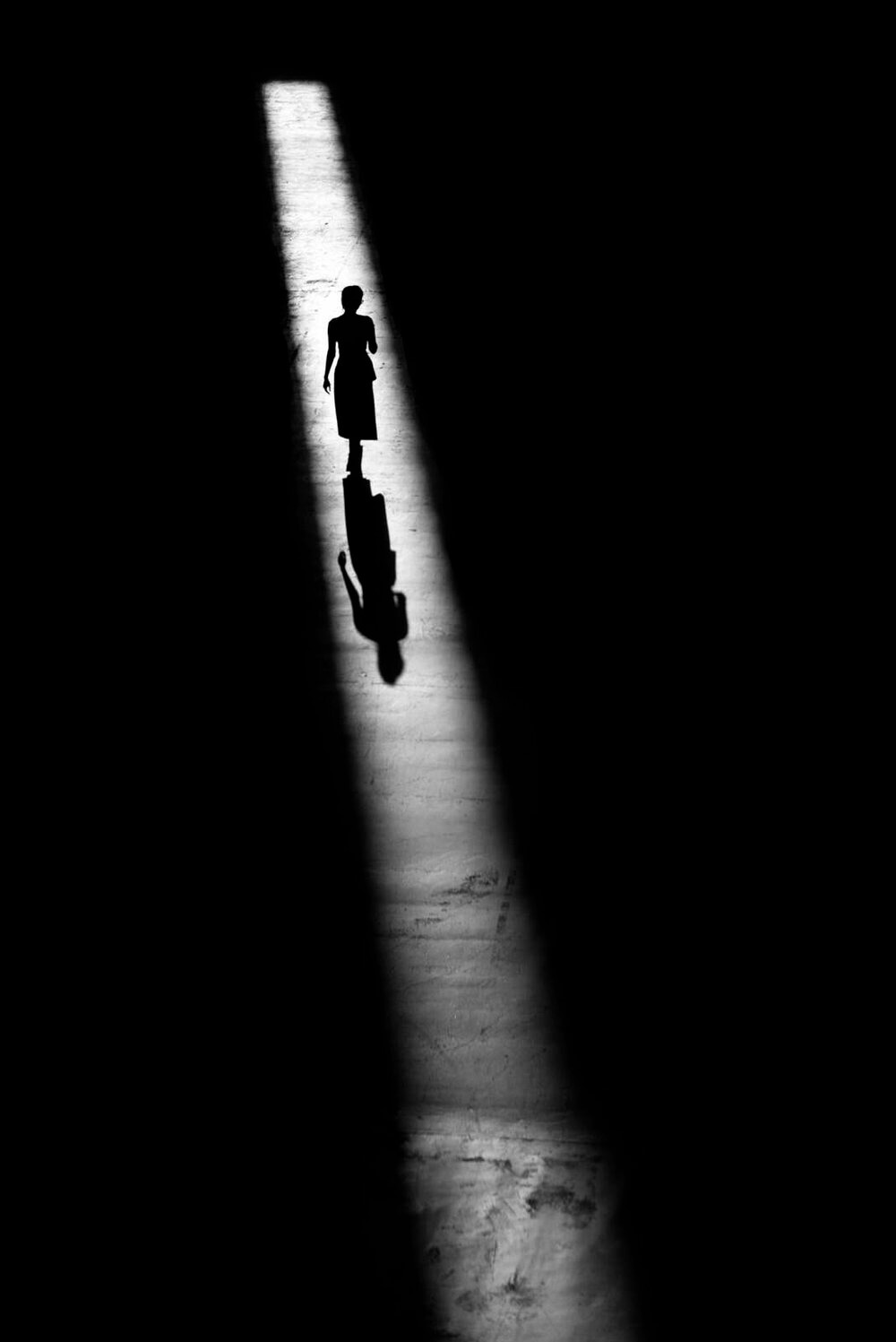Elevating Your Black & White Photography: Techniques for Timeless Images
@jorgebscomm for @empowervmedia*
While our world explodes with vibrant colours, black and white photography offers a unique approach to capturing timeless images. By stripping away distractions, monochrome allows us to appreciate the fundamental elements of a photograph: light, shadow, texture, and composition. This article equips you with the technical and creative techniques to elevate your black and white photography, crafting images that resonate for generations to come.
 |
| Black and white photography offers a unique approach to capturing timeless images. (📷 Richard Walker) |
Why Go Black and White?
Beyond its undeniable aesthetic appeal, black and white photography offers distinct advantages:
• Emotional Storytelling: Monochromes can evoke a powerful sense of nostalgia, timelessness, or drama, drawing the viewer deeper into the image and its story.
• Compositional Strength: The absence of colour forces a focus on the fundamental elements of a photograph, allowing you to refine your compositional skills and create visually striking images.
 |
| Monochromes can evoke powerful emotions. (📷 mymodernmet) |
Seeing the World in Monochrome
Developing an "eye" for black and white photography requires a shift in perspective. Here are some key aspects to consider:
• Visualizing in Grayscale: Train yourself to see the world in terms of light and shadow, not colour. Notice the subtle variations in tones that will translate into impactful black and white images.
• Harnessing Contrast: Contrast is king in black and white photography. Seek out scenes with high contrast between light and dark areas or use lighting techniques to enhance it for a dramatic effect.
 |
| Train yourself to see the world in terms of light and shadow. (📷 studiobinder) |
Technical Considerations
While you can achieve black and white photography through post-processing, mastering camera settings allows for greater control and creative freedom during capture:
• Shooting Modes: Consider using manual mode to control shutter speed, aperture, and ISO independently. You can also experiment with aperture priority mode for depth of field control while letting the camera adjust shutter speed for optimal light capture.
• Precise Exposure: Proper exposure is crucial for black and white photography. Underexposure results in flat images lacking detail in shadows, while overexposure leads to washed-out highlights with minimal contrast. Utilize your camera's histogram to ensure balanced exposure for impactful results.
• Metering Modes: Explore different metering modes like spot metering to ensure proper exposure for your chosen subject, especially in high-contrast scenes.
 |
| (📷 mediamadegreat) |
Black and White Conversion: Refining Your Vision
Modern cameras offer in-camera black and white conversion options, but dedicated photo editing software allows for more precise control:
• Black and White Presets: Explore the various black and white presets available in your editing software. These provide a starting point and can be further customised to refine your vision.
• Fine-Tuning Contrast: Adjust the contrast to enhance the tonal range, adding depth and drama to your black and white image.
• Selective Adjustments: For a touch of artistic flair, consider using tools like split toning or selective colour adjustments to add subtle colour variations within the black and white image.
The Power of Composition in Monochrome
Black and white photography doesn't diminish the importance of strong composition. Apply these principles to create compelling monochrome images:
• Rule of Thirds: Divide your frame into a 9-part grid and place your subject at the intersections or along the lines for a balanced composition.
• Leading Lines: Utilise natural elements like lines in buildings, roads, or branches to draw the viewer's eye into the frame and towards your subject.
• Negative Space: Utilise negative space effectively to create a sense of balance and emphasize your subject.
• Patterns: Look for interesting geometric patterns or recurring shapes that can add visual interest to your monochrome images.
 |
| The absence of colour forces a focus on the fundamental elements of a photograph. (📷 pxhere) |
So, are you ready to step into the world of timeless black and white photography? Pick up your camera, embrace the power of light and shadow, and start crafting images that transcend colour. Share your monochrome masterpieces with us on socials @styletechphoto – we can't wait to see your unique vision come to life!
*AI assisted



Comments
Post a Comment